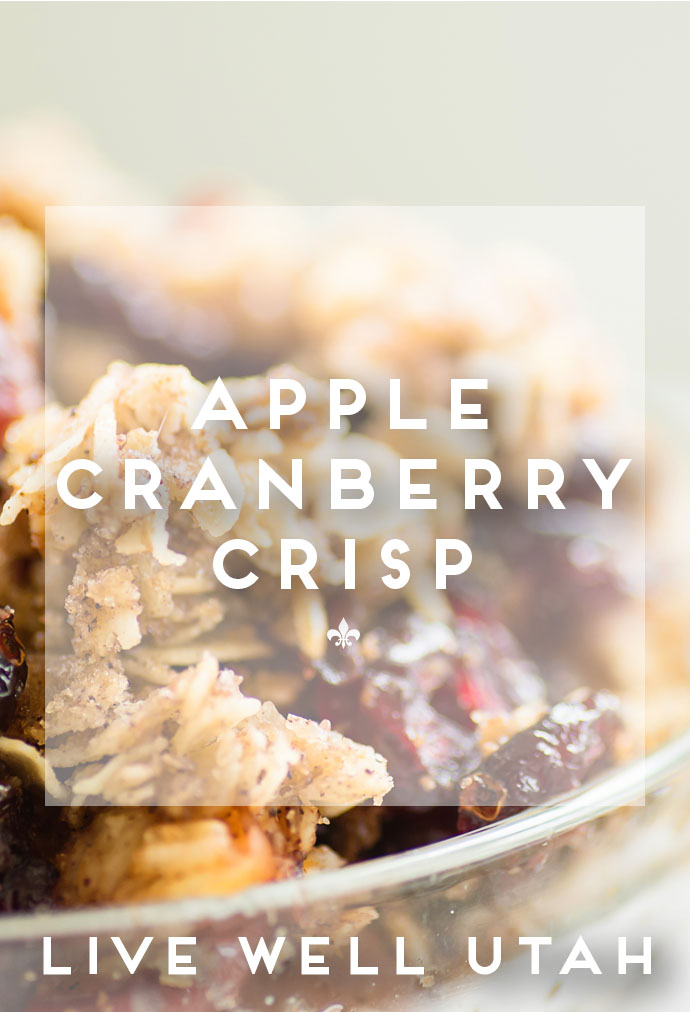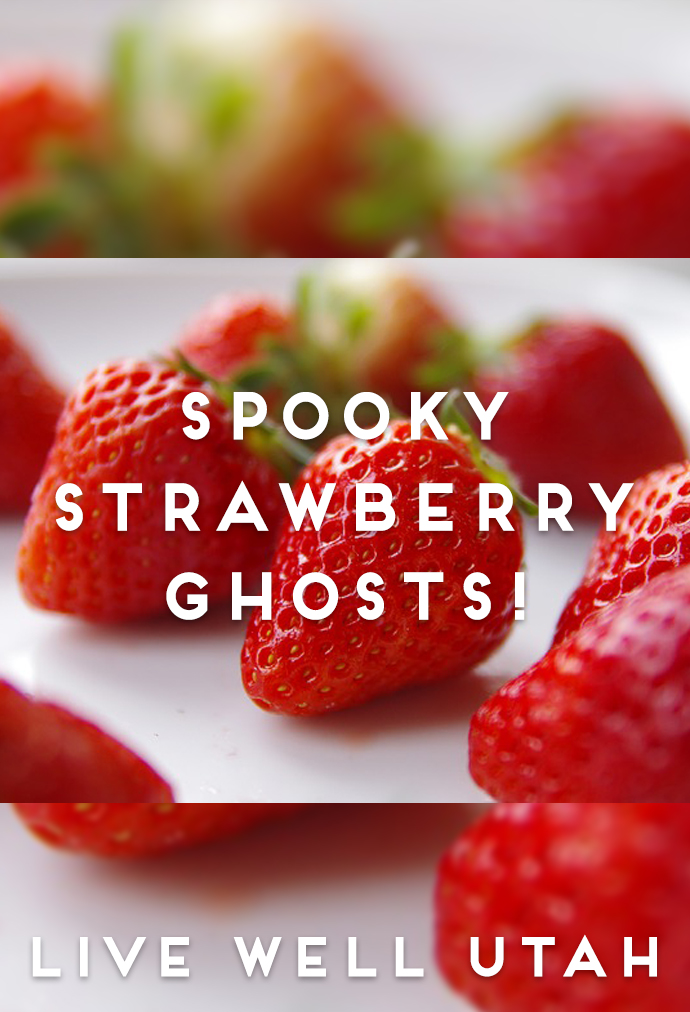
Keep your kids looking sharp for school with these tips on removing stains.
Ever looked at your kids’ new school clothes after school and wondered what happened? Kids can get all kinds of stains on their clothes while playing and learning at school. Here are some common stains, and how to treat them.
Airplane glue: Saturate area with pretreatment laundry stain remover (aerosol types work better on greasy stains). Wait 1 minute for product to penetrate the stain. For stubborn stains, rub with heavy-duty liquid detergent. Launder immediately. If color stain remains, soak/wash in chlorine bleach if safe for fabric, or in oxygen bleach. For extra heavy stains, apply dry cleaning solvent to back of the stain over absorbent paper towels. Let dry, rinse. Proceed as above.
Blood: Soak in cold water if fresh. If dried, pretreat with prewash stain remover, liquid laundry detergent, liquid detergent booster or paste of granular laundry product and water. Launder using bleach safe for fabric. Old stains may respond to soaking in enzyme product.
Felt tip marker: Saturate area with pretreatment laundry stain remover (aerosol types work better on greasy stains) Wait one minute for product to penetrate the stain. For stubborn stains, rub with heavy-duty liquid detergent. Launder immediately. If color stain remains, soak/wash in chlorine bleach if safe for fabric, or in oxygen bleach. For extra heavy stains, apply dry cleaning solvent to the back of the stain over absorbent paper towels. Let dry, rinse. Proceed as above.
Grass stains: Sponge the stain with alcohol and let dry. Sponge with cool water. Work liquid detergent into the stained area. Rinse with water. Let dry. Soak in mixture of 1 quart warm water and 1 tablespoon enzyme product for 30 minutes. Rinse thoroughly. Launder in hot water with chlorine bleach if fiber content and fabric permit.
Mud: Soak for 15 minutes in mixture of 1 quart lukewarm water, 1/2 teaspoon liquid hand dishwashing detergent and 1 tablespoon white vinegar. Rinse. Sponge with alcohol, using light motions from center to edge of stain. Soak for 30 minutes in 1 quart warm water with 1 tablespoon enzyme presoak products. If color stain remains, launder in chlorine bleach if safe for fabric, or in oxygen bleach.
Washable ink: Treat stains as soon as possible after staining. The older the stain, the more difficult to remove. Use these steps before laundering a washable garment. Stains that are laundered and dried are almost impossible to remove. Soak for 15 minutes in mixture of 1 quart lukewarm water, 1/2 teaspoon liquid hand dishwashing detergent and 1 tablespoon white vinegar. Rinse. Sponge with rubbing alcohol, using light motions from center to edge of stain. Soak for 30 minutes in 1 quart warm water with 1 tablespoon enzyme presoak products. If color stain remains, launder in chlorine bleach if safe for the fabric or in oxygen bleach.
Crayon (a whole load of clothes): Scrape excess crayon with blunt knife. Wash in hot, soft water with soap (such as Ivory) and 1/2 cup baking soda for 10 minutes. If stain remains, work soap paste into stain. Wash 5 minutes. Rinse. To remove remaining color, use bleach or color remover that is safe for fabric.
School glue: Saturate area with pretreatment laundry stain remover (aerosol types work better on greasy stains) Wait 1 minute for product to penetrate the stain. For stubborn stains, rub with heavy-duty liquid detergent. Launder immediately. If color stain remains, soak/wash in chlorine bleach if safe for fabric, or in oxygen bleach. For extra heavy stains, apply dry cleaning solvent to the back of the stain over absorbent paper towels. Let dry, rinse. Proceed as above.
Stain Removal Reminders
Treat stains as soon as possible. The longer the stain remains in the clothing, the harder it is to remove. Stain removal should be done before laundering washable items or drying them. Stains that are laundered and dried are nearly impossible to remove.
More tips available here.
This article was written by Marilyn Albertson –USU Extension Associate Professor, Salt Lake County.











